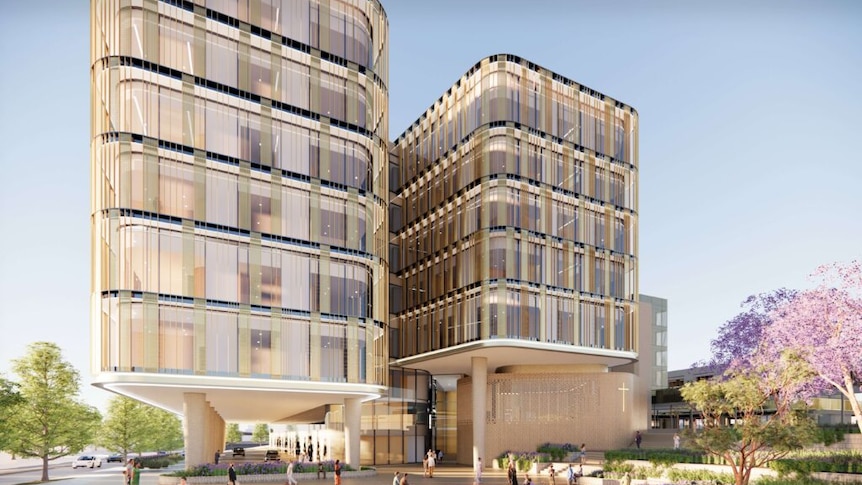South Australia’s volunteer firefighters are already attending a growing number of medical emergencies and are not trained to deal with the trauma, according to the head of the Country Fire Service (CFS).
Key points:
- Taskforce to examine firefighter assistance during medical call-outs
- CFS chief Mark Jones has raised concerns about the plan
- Volunteers attended 1,000 medical emergencies in 12 months
CFS chief officer Mark Jones has raised concerns about a state government probe into whether firefighters should attend more medical call-outs as the SA Ambulance Service (SAAS) remains under increasing pressure.
Premier Peter Malinauskas on Thursday launched a taskforce to look into the concept, after a 47-year-old father-of-two died in Plympton while waiting 40 minutes for an ambulance to arrive.
Mr Jones is not on the panel, however, Metropolitan Fire Service (MFS) chief Michael Morgan and South Australia Ambulance Service (SAAS) boss Robert Elliott will be part of the taskforce, along with Health Minister Chris Picton and union representatives.
“I lead a government that is open to ideas about what we can do to relieve pressure [in] any way we can,” Mr Malinauskas said.
“One such measure that is being proposed is drawing on the resources of the MFS to potentially respond in ways that are safe — all options are on the table.”
He said the taskforce had been established “in haste”, but other measures the government wanted to introduce — such as employing more paramedics — would take time.
Mr Malinauskas said on Friday morning that the idea was “worthy of investigation” and would be looked at “thoughtfully and safely”.
“You don’t want to fix one problem and create another, particularly with respect to the work the MFS already do,” he told ABC Radio Adelaide.
CFS attend 1,000 medical emergencies
Mr Jones said his firefighters were already doing that, attending about 1,000 medical incidents in the past year and 14 this week.
“They attend these with no specialist medical training and no additional mental health support,” he said.
“Additionally, these incidents often happen in small communities, where the volunteers are turning up to an incident where they know the casualty.”
He said the volunteers responding to medical situations were doing it “outside the scope of their standard duties, in their own time, without pay and without the same support as paramedics.”
“Our volunteers are routinely called upon to attend traumatic events beyond the scope of their firefighting duties and these jobs fall outside of most people’s expectations when they join the service,” he said.
“I have seen the number of SAAS-assist jobs that our volunteers are expected to attend grow significantly.
“This is something that has occurred without any formal agreement or additional support for our volunteers doing an already tough job.”
Mr Jones said volunteers were trained in first aid but there was a “large difference” between providing CPR and addressing the underlying clinical health issues of a patient.
Mr Malinauskas acknowledged that the CFS “have always played an extraordinarily broad role in their communities”.
“The way the CFS responds to call-outs in regional areas very much depends on the other services that are already in place in those other areas,” he told ABC Radio Adelaide on Friday morning.
“And to be clear our CFS officers attend a lot more than fires.
“In some places where we don’t have a SES, the CFS is responding to car accidents, to fires, and other emergencies on a frequent basis.
“So they already do this work and their caseload continues to grow, and that’s why we’ve got to keep an eye on the volunteer base.”
In a statement, an SAAS spokeswoman said the service already worked closely with fire services and police to support South Australians during a medical emergency.
“We are excited about the opportunity to work further with the SA Metropolitan Fire Service on a co-response model for the community here in [South Australia]and hope to grow the program over time,” she said.
“Any initiative that supports early CPR and early defibrillation is potentially life-saving.”
.

